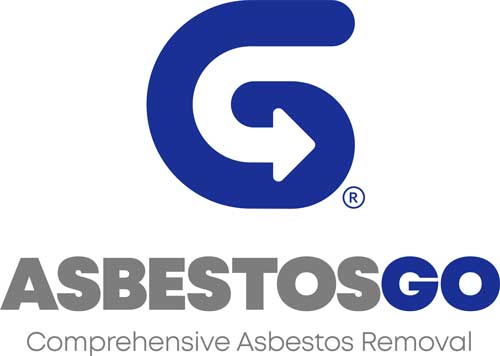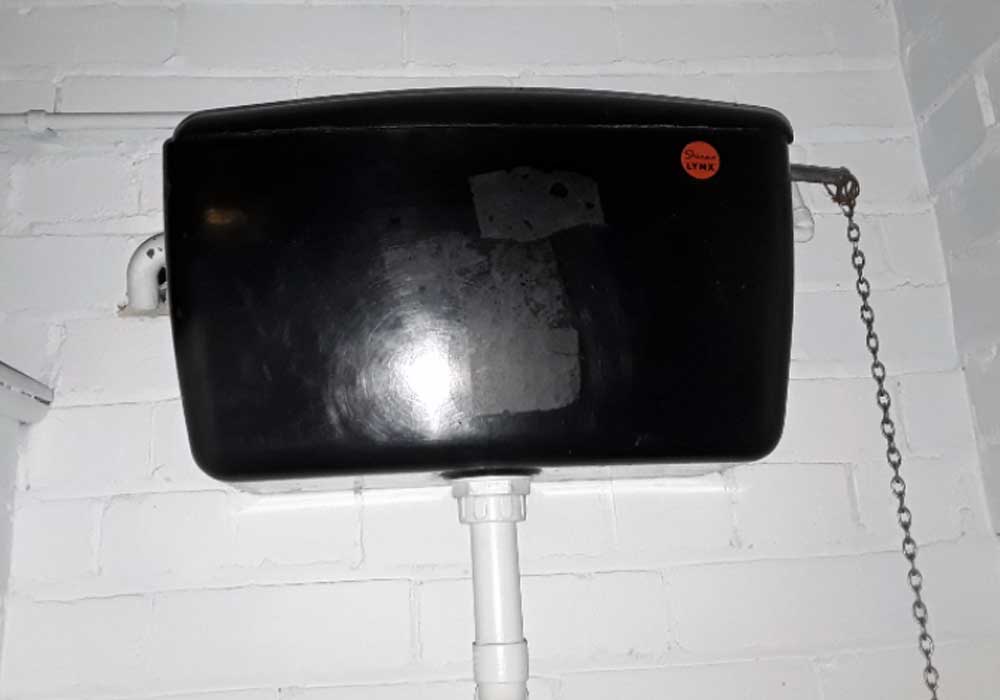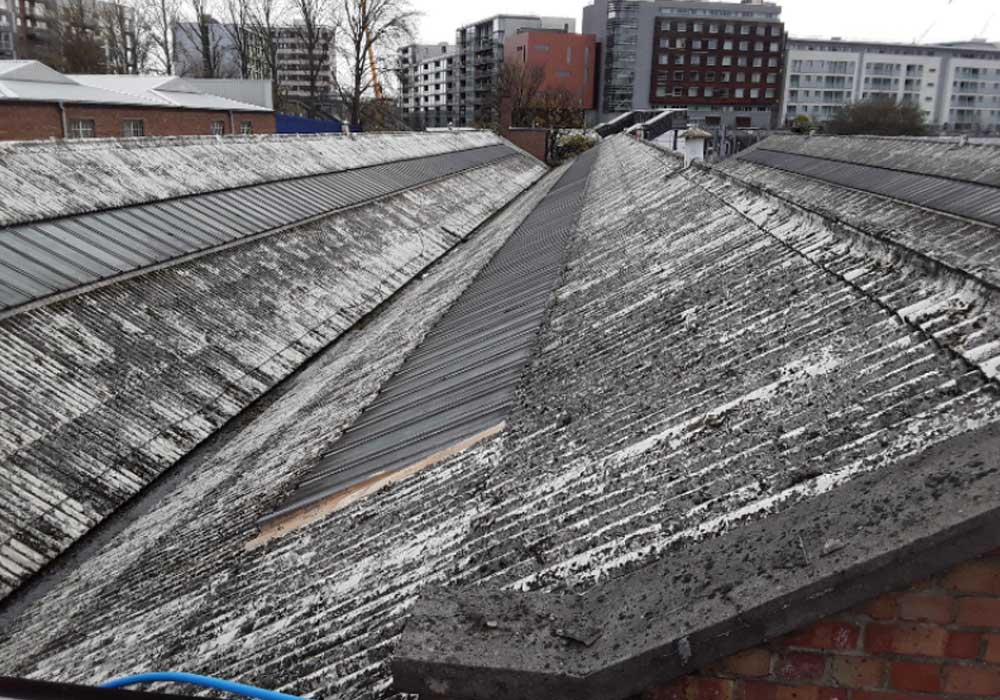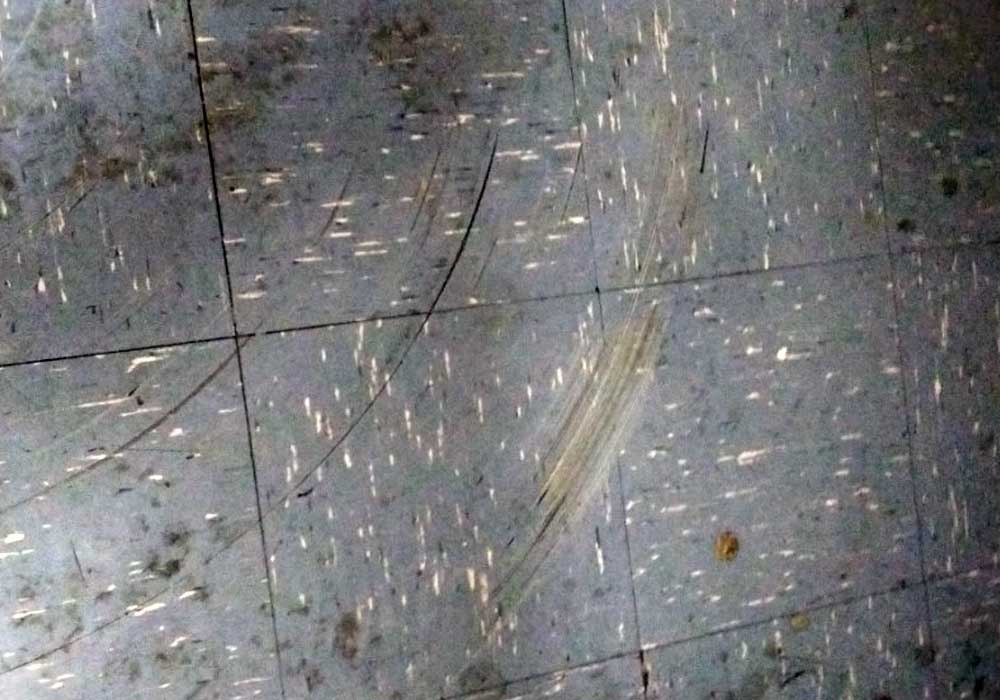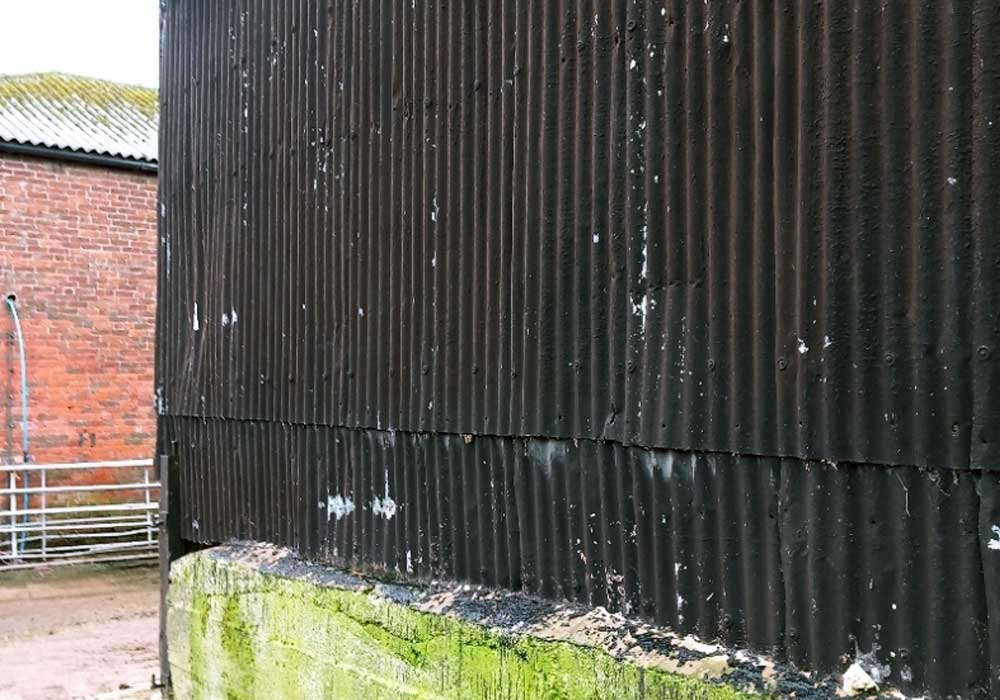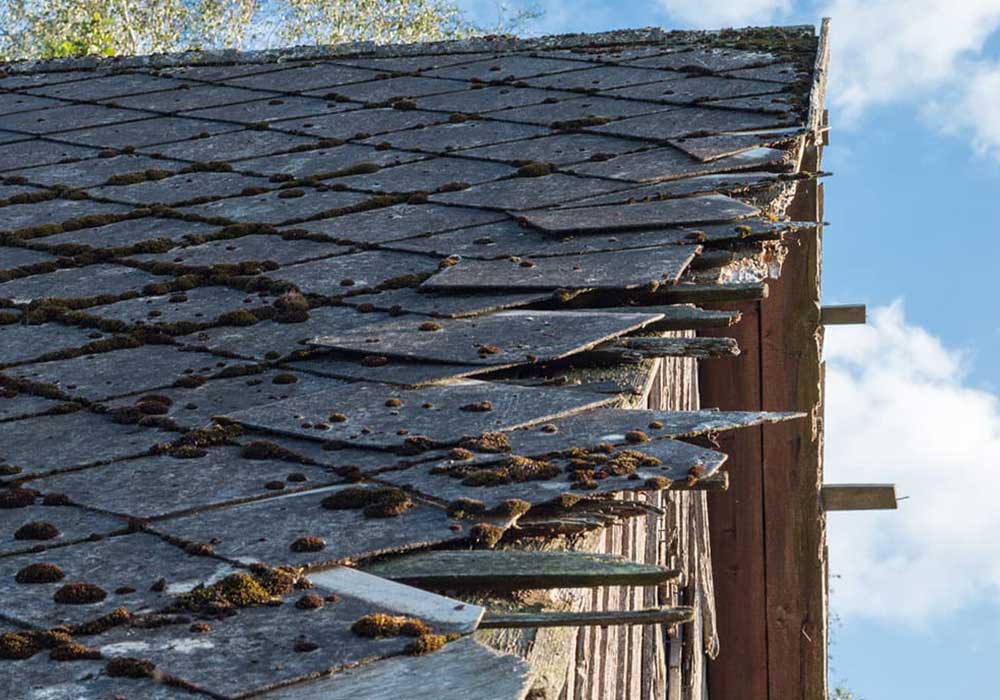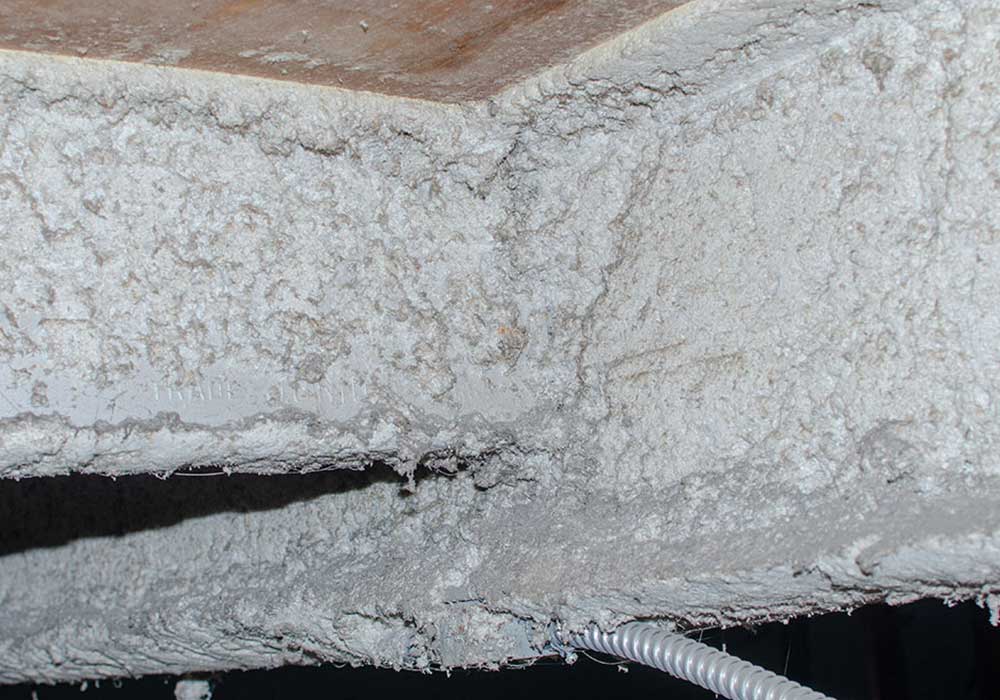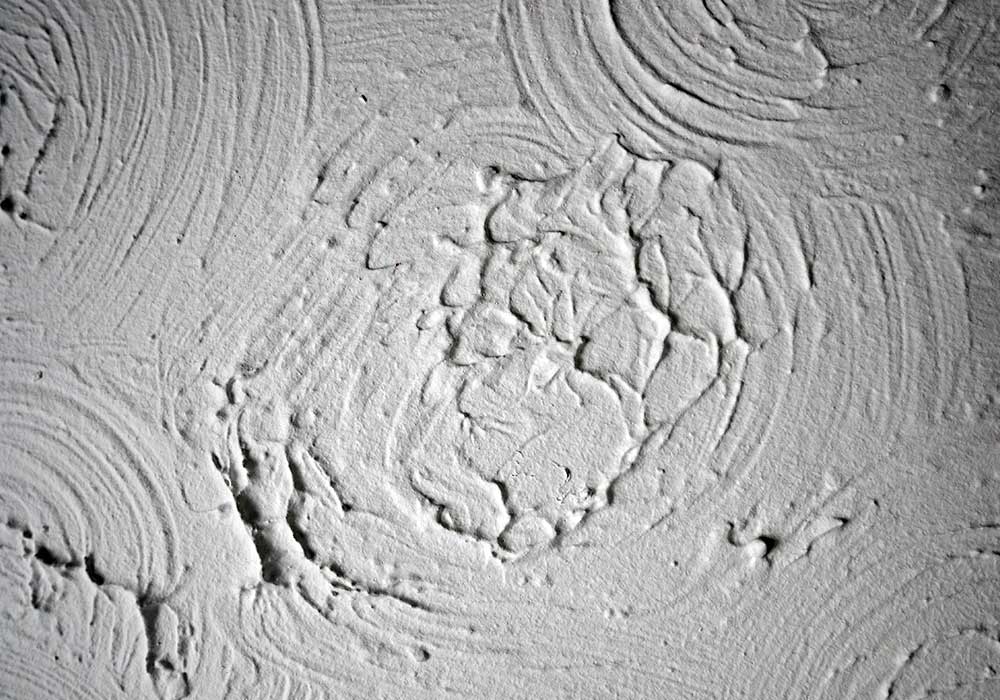Toilet Cisterns
Asbestos-containing toilet cisterns were fixtures commonly found in older homes and buildings, typically those constructed before the 1980s. These cisterns were used to store and release water for flushing toilets. While they served their functional purpose, they also presented health risks due to the presence of asbestos-containing components. Here’s a description of asbestos-containing toilet cisterns:
- Composition: Asbestos-containing toilet cisterns typically included various components, such as the cistern tank itself, internal fittings, and seals. Asbestos was sometimes used in these components, primarily in gaskets, washers, and seals. The asbestos component was added for its durability and resistance to water damage.
- Applications: These cisterns were commonly installed in residential and commercial bathrooms. They provided a reliable means of storing and delivering water for flushing toilets, helping maintain sanitary conditions.
- Health Risks: The primary concern with asbestos-containing toilet cisterns lies in the asbestos-containing gaskets, washers, and seals. Over time, these materials can deteriorate, releasing asbestos fibres into the water and potentially the air. While the risk of asbestos exposure from using a toilet is generally low, maintenance or removal of these components can pose health hazards if proper precautions are not taken.
- Age and Identification: Asbestos-containing toilet cisterns were typically used in buildings constructed before the 1980s. Identifying whether a cistern contains asbestos components may require professional testing or inspection, as asbestos fibres are not visible to the naked eye.
- Handling and Maintenance: If asbestos-containing components in a toilet cistern need maintenance or replacement, it is crucial to involve professionals experienced in asbestos handling. They can safely remove and replace these components while minimizing the risk of asbestos exposure.
- Replacement: In some cases, when asbestos-containing components in a toilet cistern need replacement, modern, asbestos-free alternatives are used. This helps ensure the safety of building occupants and maintenance personnel.
In summary, asbestos-containing toilet cisterns were once common fixtures in older buildings. While the risk of asbestos exposure during normal use is low, proper precautions should be taken when handling, maintaining, or replacing components to avoid asbestos fibre release.

